
Lacock

by jim stephenw
Three exposures with camera mounted on tripod at +2EV, 0EV and -2EV, tonemapped using Photomatix Pro and edited using DxO Optics Pro 10.
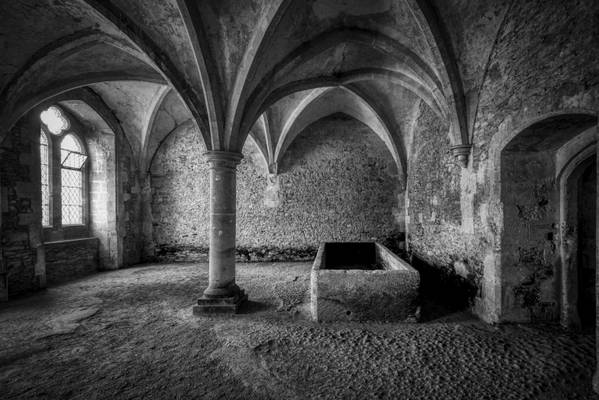
by Alan Taylor
The basement consists of an arcade of cloisters on three sides, surrounding several vaulted rooms including the sacristy, chapter house, and warming house. These rooms were situated under the original dormitory. At the other end of the building, below what was formerly the abbess' chambers and the great hall, are two rooms and the main passage. On the north side, underneath the original refectory, is the undercroft.
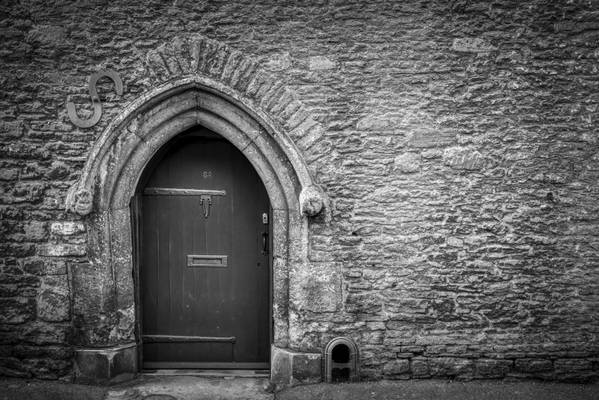
by Alan Taylor
A doorway spotted while strolling around the village of Laycock after visiting Laycock Abbey and the famous Fox-Talbot Museum of Photography.
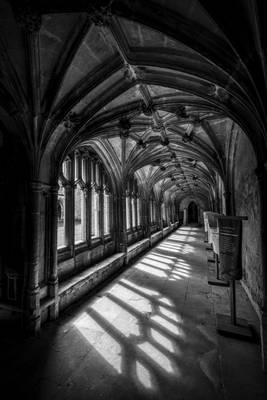
by Alan Taylor
Lacock Abbey passed into the hands of the Talbot family, and during the 19th century was the residence of William Henry Fox Talbot. In 1835 he made what may be the earliest surviving photographic camera negative, an image of one of the windows.

by Alan Taylor
The name Lacock dates from Saxon times when the earliest permanent settlers lived by the Bide Brook, which runs through the middle of the village. They called it lacuc or 'little stream'.
Lacock village is a firm favourite for film and TV producers, most notably for its picturesque streets and historic cottages, untouched by modern alterations. The village's most famous appearances include 'Downton Abbey', the BBC's 'Pride and Prejudice' and 'Cranford', and the films 'Harry Potter and the Half-Blood Prince' and 'Wolfman'.
My website: Deep Mono Photography
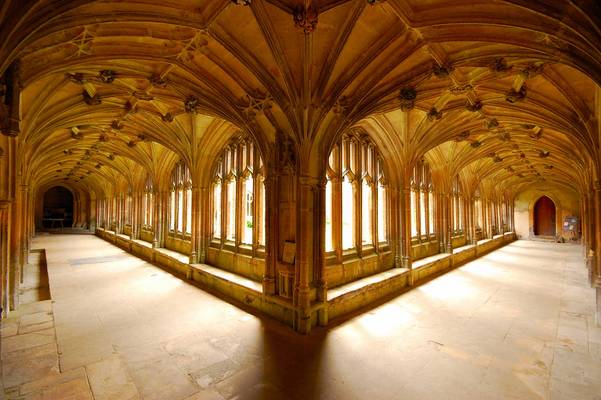
The Cloisters at Lacock Abbey, as seen in all the 10mm wonder. I do not regret buying this lens!
I have a list people, and I am working through it!...

by Alan Taylor
As anyone who is interested in photography will know, the first "modern" photograph was taken by William Henry Fox-Talbot in August 1835. The photo that he took was of this window at Lacock Abbey.
More information (and the original negative) can be found here

by jim stephenw
Three exposures with camera handheld at +2EV, 0EV and -2EV, tonemapped using Photomatix Pro and edited using DxO Optics Pro 10.
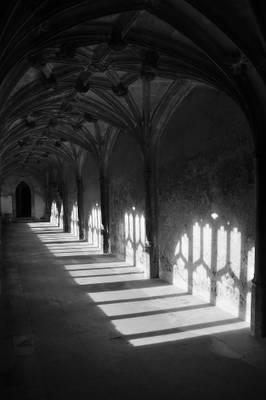
From a little pottering about at Lacock yesterday. To me this feels slightly timeless and weirdly evocative.
I have uploaded more from this visit to...
Thanks to all Phoide contributors to Lacock!
Most notably Alan Taylor and jim stephenw.